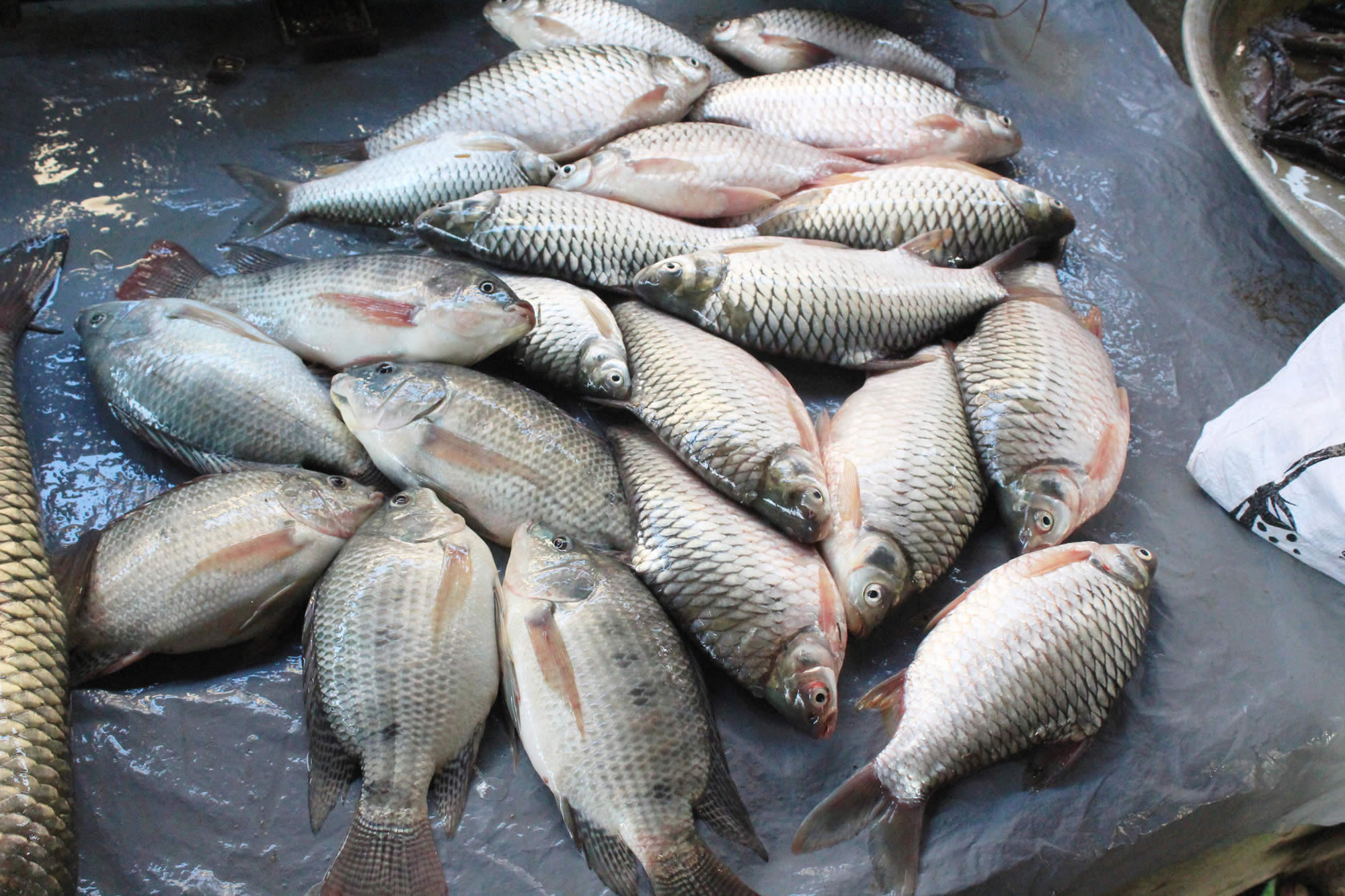In a startling incident, a 40-year-old California woman, Laura Barajas, had to undergo amputation of all her limbs after contracting a severe bacterial infection from consuming undercooked tilapia. This tragic event serves as a stark reminder of the potential dangers associated with mishandling seafood and the importance of adhering to food safety guidelines.
Laura Barajas, a mother to a six-year-old boy, purchased the tilapia from a local San Jose market and prepared it for dinner. However, the following day, she realized that something was gravely amiss and promptly sought medical attention. Her condition was diagnosed as Vibrio vulnificus, a perilous bacterial infection known to result from consuming undercooked seafood.
To save her life, medical professionals had no choice but to amputate all four of Barajas’ limbs. She has been confined to the intensive care unit (ICU) for the past month, battling for her survival. A GoFundMe campaign has been initiated to support Barajas and her family during this challenging time. The campaign has already raised nearly $60,000 of its $150,000 goal, as they face mounting medical expenses and adapt to the significant lifestyle changes necessitated by Barajas’ condition.
While Barajas is on the path to recovery and anticipates moving out of the ICU, her story underscores the importance of practicing food safety measures rigorously, especially when handling seafood. Undercooked seafood can harbour harmful bacteria like Vibrio vulnificus, which can have devastating consequences if ingested.
This incident also sheds light on the potential risks associated with consuming seafood during specific times of the year. Vibrio vulnificus infections tend to increase in coastal waters between May and October, coinciding with warmer sea temperatures that create favourable conditions for bacterial proliferation. Symptoms of Vibrio vulnificus infection include abdominal cramping, nausea, vomiting, fever, chills, and the development of blisters. While death is a rare outcome, individuals with weakened immune systems are more vulnerable.
To reduce the risk of contracting vibriosis, the Centers for Disease Control and Prevention (CDC) offer essential guidelines:
1. Always cook oysters and other shellfish thoroughly before consumption; avoid consuming them raw or undercooked.
2. After handling raw shellfish, wash your hands thoroughly with soap and water.
3. Prevent cross-contamination by keeping cooked shellfish separate from raw shellfish and their juices.
4. Individuals with wounds or recent surgical procedures should avoid saltwater or brackish water that may come into contact with raw seafood or seafood juices. If necessary, cover the wound with a waterproof bandage.
5. In case of cuts exposed to seawater or raw seafood or its juices, wash the wounds thoroughly with soap and water.
Laura Barajas’ unfortunate experience serves as a poignant reminder of the critical importance of food safety and highlights the potential risks associated with consuming undercooked seafood, particularly during certain times of the year. It is imperative to heed food safety guidelines to prevent such devastating incidents in the future.







